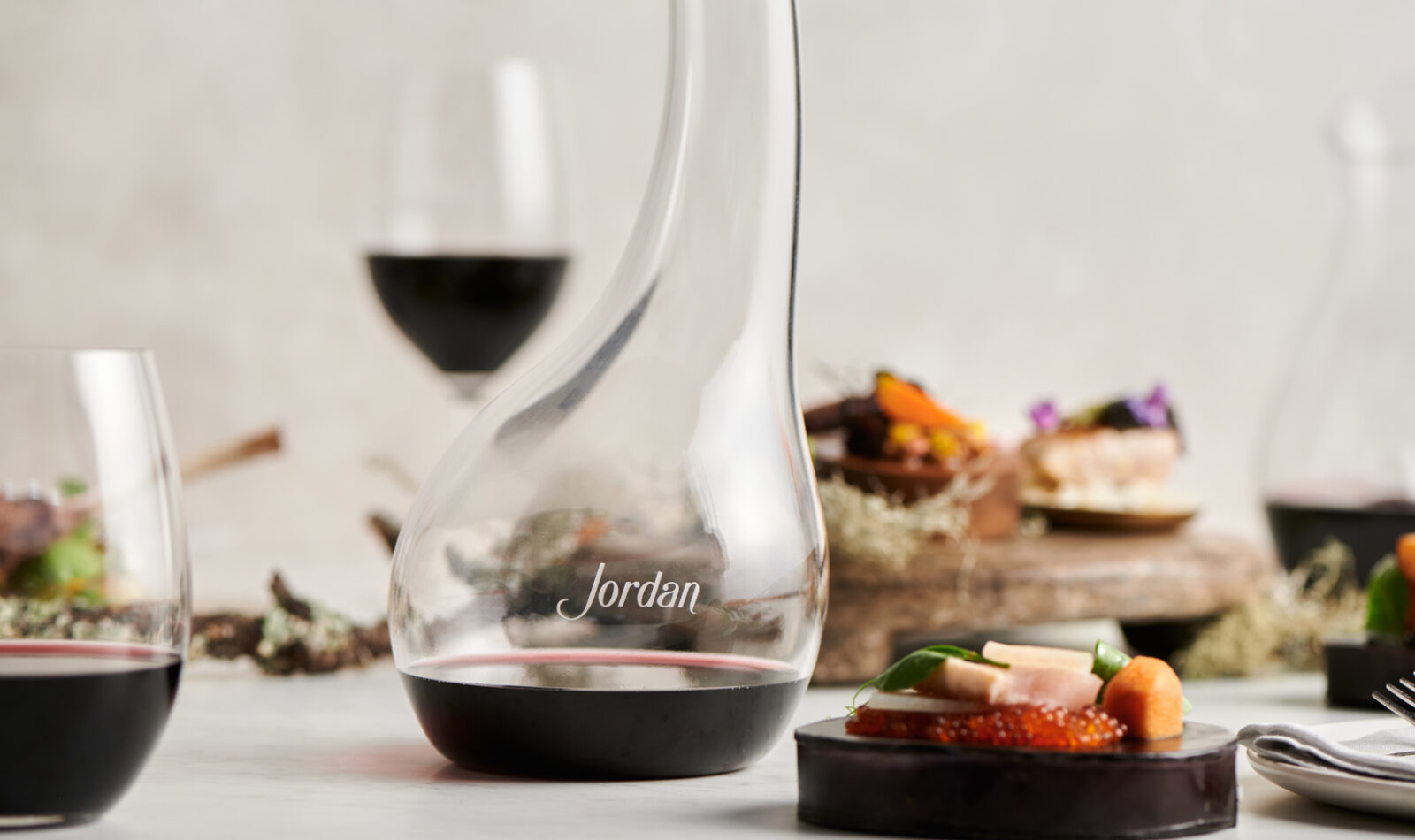
Decanting Tips and Tricks for Serving Wines at Their Best
Wine decanters are not only beautiful; they also play an important role in serving wines at their best. They’re especially useful for removing the sediment from older wines, as well as opening up tightly wound selections that need an extra nudge to release their aromas and flavors.
As red wines mature, a mixture of spent yeast cells, pigments, and tannins bonds together to create sediment that collects inside the bottle. Though this substance is harmless, it’s definitely not fun to end up with a mouthful of grit—which can happen when pouring older wines directly from the bottle into your glass. By carefully transferring the wine into a decanter, the sediment stays in the bottle where it belongs. Decanters also expose wines to oxygen, which speeds up the aging process in young reds, softening their tannins and encouraging the wines to open up.
Full-bodied red wines like cabernet sauvignon and Syrah are typically the best candidates for wine decanting, but even some whites—especially oak-aged wines—can benefit from the process. If a complex, young white stubbornly refuses to show its aromas and flavors, a decanter can help it blossom. The vessel can also dissipate unpleasant sulfurous aromas that sometimes linger in reductive white wines.
Here are five decanting wine tips from industry pros to help you get the most from that gorgeous glass vessel —and your favorite wines.
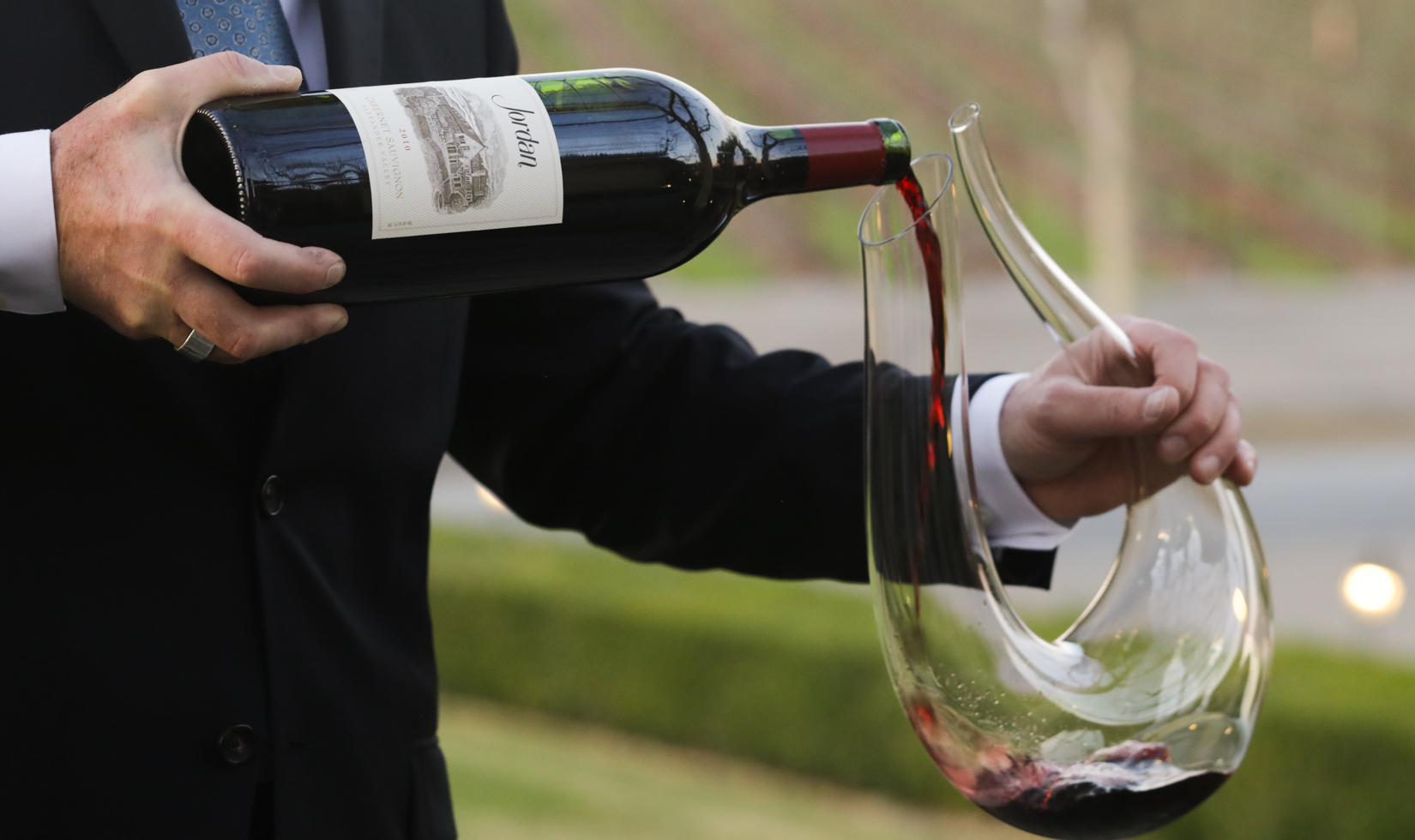
Give the Wine Room to Breathe
When it comes to decanters, one size does not fit all. For younger wines that need oxygen exposure, it’s important to choose a vessel that’s large enough to give the wine plenty of room to breathe.
“Pouring a wine into a decanter with almost no wine-to-air surface area doesn’t help a lot,” says Master of Wine Christy Canterbury, a Brooklyn-based wine educator and restaurant wine list consultant. “It’s best to choose a decanter that will allow substantial air-to-wine exposure.”
A standard decanter is made to accommodate one 750ml bottle of wine. Adding any more than that will defeat the purpose of decanting. “For magnum or larger-size bottles,” Canterbury says, “be sure to have a larger decanter or at least two standard decanters two ready to go.”
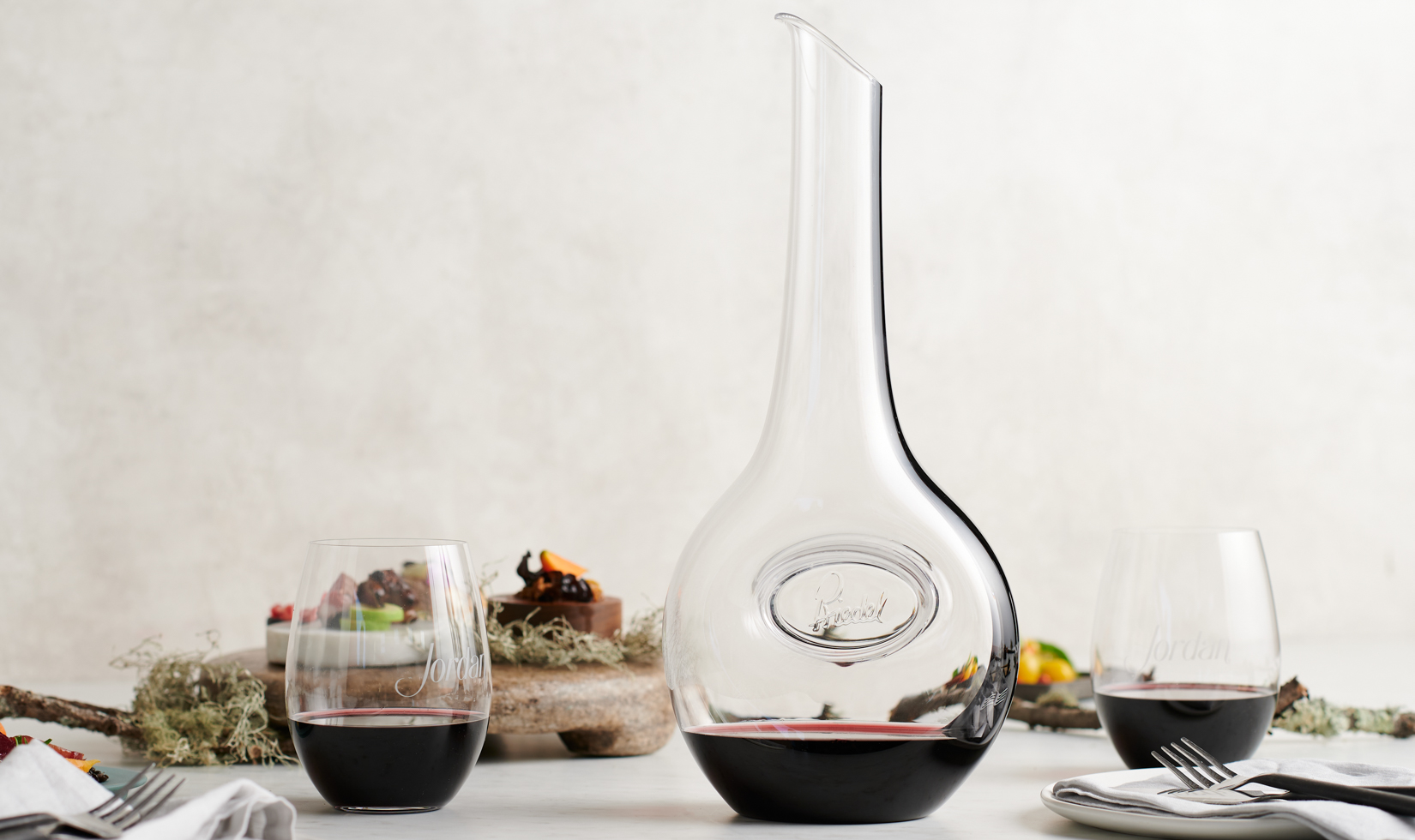
Be Mindful of Design
The vessel’s shape also plays a role. Many decanters are designed with wide, flat bottoms that optimize exposure to oxygen on the wine’s surface. These decanters are useful for young wines that need to open up, because they allow the wine to spread out over a larger area. However, this bottom-heavy style of decanter can be unwieldy when it comes time to serve.
“I like big bases and I cannot lie, but I’m also a klutz,” says wine writer Julie Case. “I tend to end up pouring wine on myself and my friends when I try to serve from those wide-bottomed decanters.”
For the same reason, Tina Morey, director of special events at Crystal Palate Wine & Gourmet in Norfolk, Va., prefers using an upright decanter that facilitates easy pouring. “Yes, it looks similar to a bottle, but the act itself of slowly pouring the wine into the decanter has already introduced air and movement,” she says. “That is the point.”
The goal of decanting older wines is typically to remove sediment rather than to aerate the wine, which makes an upright design a better choice for library selections.

Handle Older Wines with Care
To remove sediment from older wines, set the bottle upright a few days before you plan to drink it. This allows any solids to settle at the bottom of the bottle. When you’re ready to decant, slowly and gently pour the wine into the vessel in a steady stream.
The crucial part of the process comes when you reach the last third of the bottle. Watch the neck carefully to make sure you’re not letting any sediment make its way into the decanter. For extra security, many wine pros will hold the neck over a light source to illuminate solids as they near the bottle’s opening.
“It’s really helpful to use a candle or flashlight,” says Healdsburg-based winemaking consultant Julie Schrieber. “Then you can see the sediment before it gets in the decanter.”
Although you may end up leaving a couple inches of wine in the bottle along with the sediment, it’s usually worthwhile to avoid gritty wine syndrome. If you really want to enjoy every last drop, says Carpenter, “Have cheesecloth on hand,” she says. “Don’t use coffee filters for straining sediment, because they tend to be stored near coffee and they can pick up the smell.”
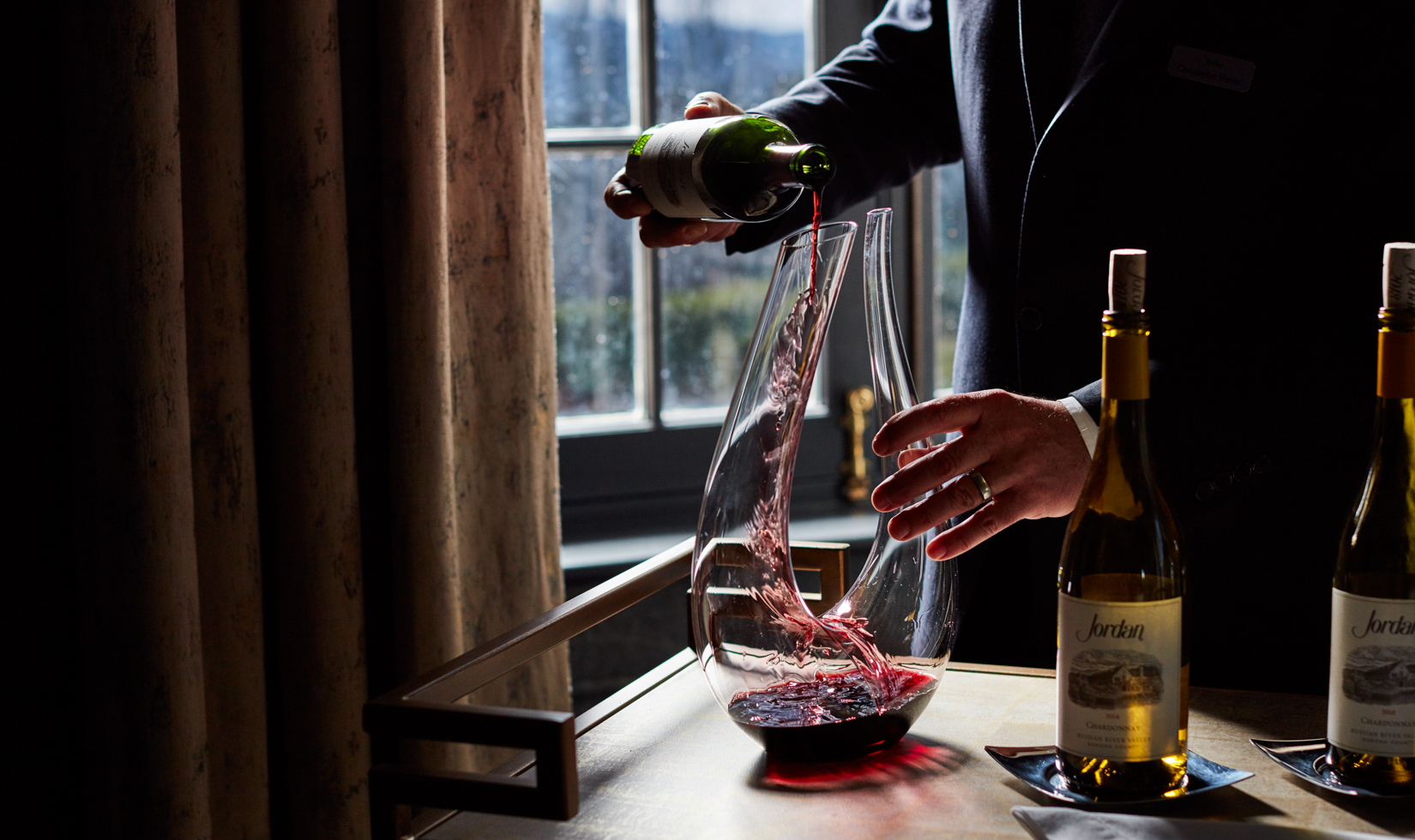
Young Wines Like it Rough
While it’s important to be gentle with older wines, the opposite is true for newer vintages. Young, sediment-free wines that need to unwind should be poured into the decanter quickly, so the liquid splashes around and receives more air exposure.
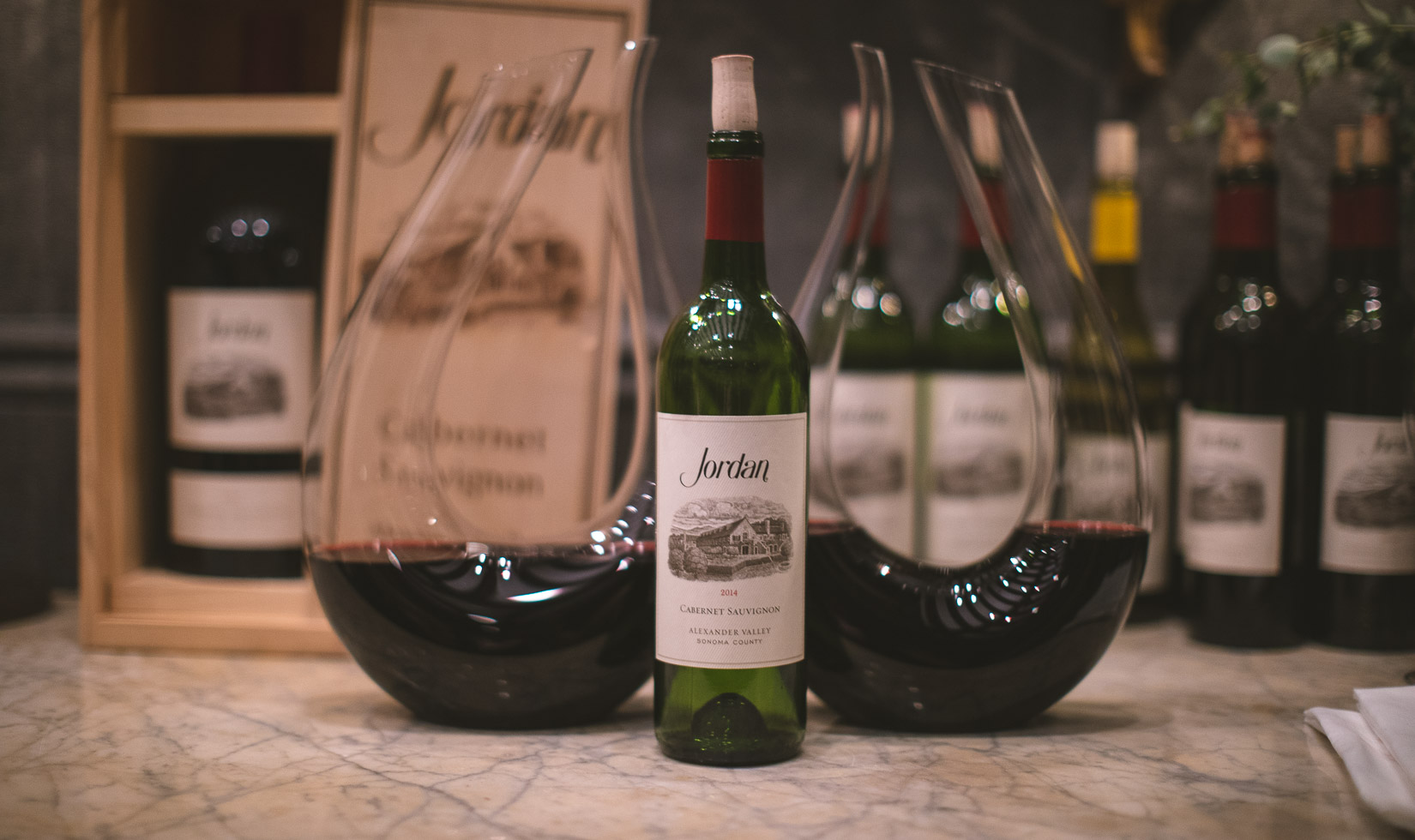
Timing is Key
How long to decant red wine depends on a variety of factors, from the style of the wine to its structure to its age. Older wines generally need less time in decanter, because their delicate fruit can fade quickly once the liquid is exposed to oxygen. The Riedel glass company recommends decanting most mature wines for an hour before serving. However, for wines that are 15 years or more past the vintage date, 30 minutes may be more appropriate.
Newer vintages should be decanted for at least a few hours before you plan to drink the wine. If you’re not sure when it’s at its peak, taste the wine periodically after the first couple of hours to see how it is progressing.
“If a high-quality red wine is under 10 years old, you generally don’t need to worry about how long you’re decanting it,” says Carpenter. “These wines can take hours, even days, to open up.”
White wines need less time in the decanter—typically no more than 15 minutes.
If you’re opening more than one wine and each selection needs a different amount of time in decanter, it’s helpful to label the vessels, notes Hunter Rudd, founder and CEO at Somm Says in Denver. “Use a wine-glass marker to write down the variety and when the wine is ready to drink,” he says.
To browse decanters at Jordan Winery, visit our online shop.



